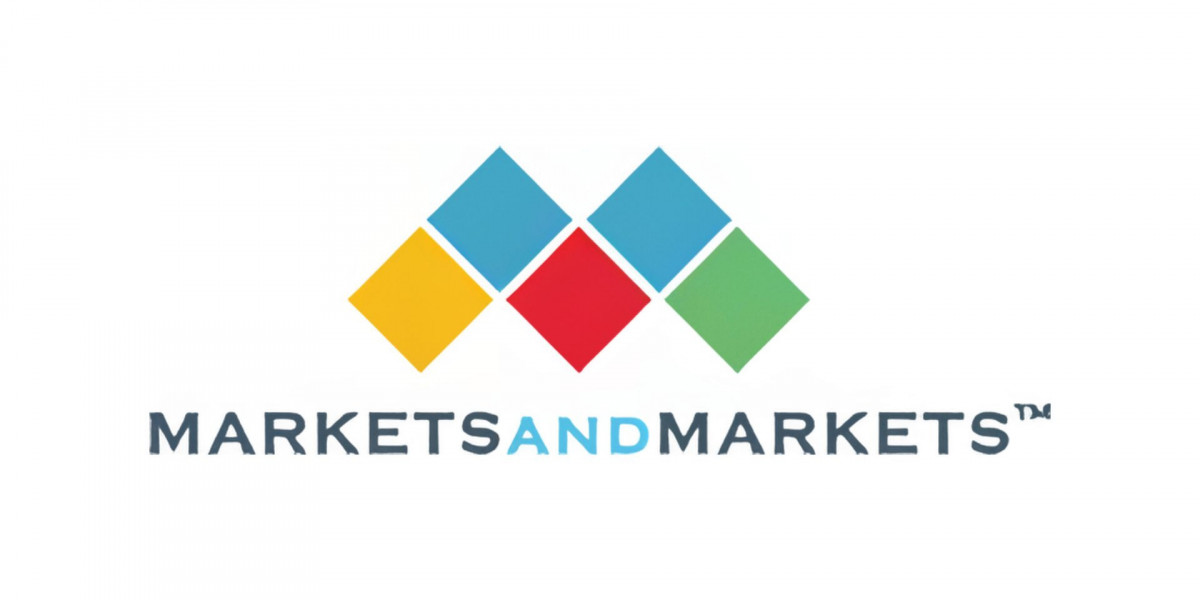The tissue diagnostics market is projected to reach $8.4 billion by 2028, registering a CAGR of 8.4% from 2023 to 2028, according to a new report from marketsandmarkets. Key factors driving this growth include the rising prevalence of cancer and other chronic diseases globally, growth in private diagnostic centers, advances in digital pathology, and expanding healthcare expenditure.
Consumables Lead Product Segment
In 2022, consumables accounted for the largest revenue share in the tissue diagnostics market. Consumables include antibodies, kits, reagents, and probes used in tissue diagnostic tests. Increased funding for life sciences and cancer research is contributing to the high demand for consumables. Additionally, growing R&D activities by leading pharmaceutical companies is further propelling the consumables products segment.
Immunohistochemistry Dominates Technology Landscape
Among technology segments, immunohistochemistry (IHC) held dominant share of the tissue diagnostics industry in 2022. IHC combines immunological and biochemical techniques to detect antigens in tissue samples using labeled antibodies. With its ability to precisely identify abnormal cells, IHC witnesses substantial utilization in cancer diagnosis, making it an indispensable technology in pathology labs.
Hospitals Are Major End Users
Hospitals represented the leading end-use segment in 2022, owing to the rising burden of cancer and infectious diseases. Diagnostic tests using tissue samples enable rapid and reliable diagnosis to facilitate timely treatment. Most hospitals have in-house pathology labs to carry out tissue diagnostic tests, supporting segment growth. Furthermore, favourable reimbursement for cancer diagnostics is encouraging hospital adoption of advanced tissue diagnostic platforms.
North America Leads in Adoption
North America commanded the largest revenue share in 2022, attributed to heightened adoption of tissue diagnostics aided by higher healthcare spending, advanced hospital infrastructure, and easy accessibility to cutting-edge diagnostics technologies in the region. Favourable reimbursements also back the widespread uptake of tissue diagnostics among hospitals and cancer research centres in the region.
Significant Potential in Emerging Markets
Developing economies such as the BRICS nations are likely to emerge as promising regional markets, according to the report from marketsandmarkets. These countries have exhibited consistent GDP growth in recent years. The consequent improvement in healthcare infrastructure and increase in healthcare budgets will ultimately widen patient access to tissue diagnostics. Rising incidence of chronic conditions also positions emerging markets as significant growth avenues for tissue diagnostics in near future.
While stringent regulatory scenarios and lack of infrastructure constraints tissue diagnostics adoption in some low and middle income nations, strategic moves by leading medtech giants to make advanced tissue diagnostics more accessible globally will help overcome these challenges. Overall, tissue diagnostics is headed towards a high growth trajectory, steered by the rising prevalence of cancer worldwide and rapid progressions in digital pathology.











